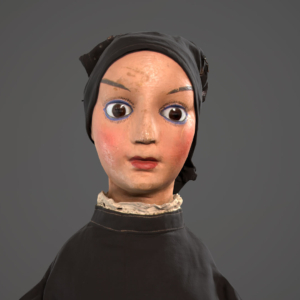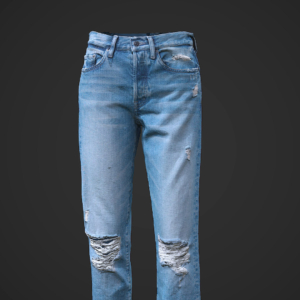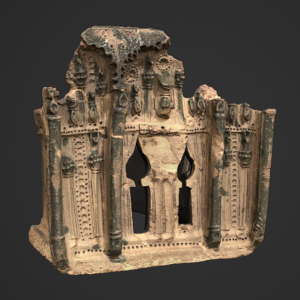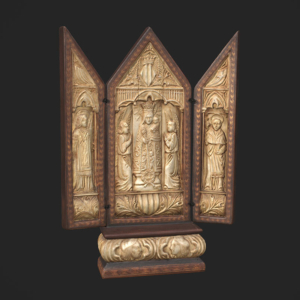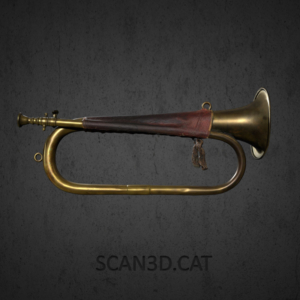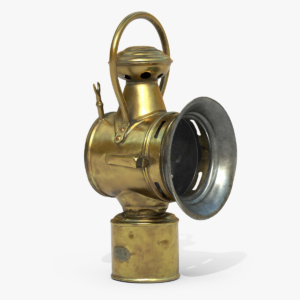Old carbide lantern, manufactured in the “Lampisterías José Cos”, in Figueres (Girona – Catalonia) in 1925.
The carbide lantern on a carriage, at the beginning of the 20th century, was an essential element for security and lighting at night. In a time when most roads were unpaved and there were no lights, carbide lanterns were a necessity for carriage drivers, popular due to their portability and ease of use, as well as being a cheaper alternative to other light sources at that time.
It consisted of a lamp containing a mixture of calcium carbide and water. Upon contact, these two elements generated a flammable gas that, when ignited, produced a bright flame. The lamp was mounted on the front or rear of the carriage and was lit with a match or match.
Unlike other types of lanterns that required electricity or candles, the carbide lantern could easily be refilled with more calcium carbide.
In addition to being a useful tool for lighting, carbide lanterns were also an aesthetic element for carriages. Many of them were decorated with elaborate details and were available in a wide variety of designs and sizes. These lanterns were also a form of identification for other drivers and travelers on the road, letting them know what type of vehicle it was.
However, they also presented some problems and risks. First, calcium carbide was highly flammable and could explode if handled incorrectly. Also, the light they provided was not very bright and only illuminated a small area, which meant that drivers had to be very careful when driving their carriages in the dark.
Despite these drawbacks, the carbide lantern was an important element in the carriages of that time and helped to improve the safety of night driving. With the passage of time, however, safer and more effective alternatives for night lighting were developed, which led to its disappearance.
Despite these problems, carbide lanterns were an integral part of life on the road. Its use allowed carriage drivers to travel more safely and comfortably in the dark, and its design and aesthetics contributed to the elegance and style of that time.
powered by Advanced iFrame. Get the Pro version on CodeCanyon. |
Once the 3D presentation starts, maximize
it to full screen to observe the 360º detail


